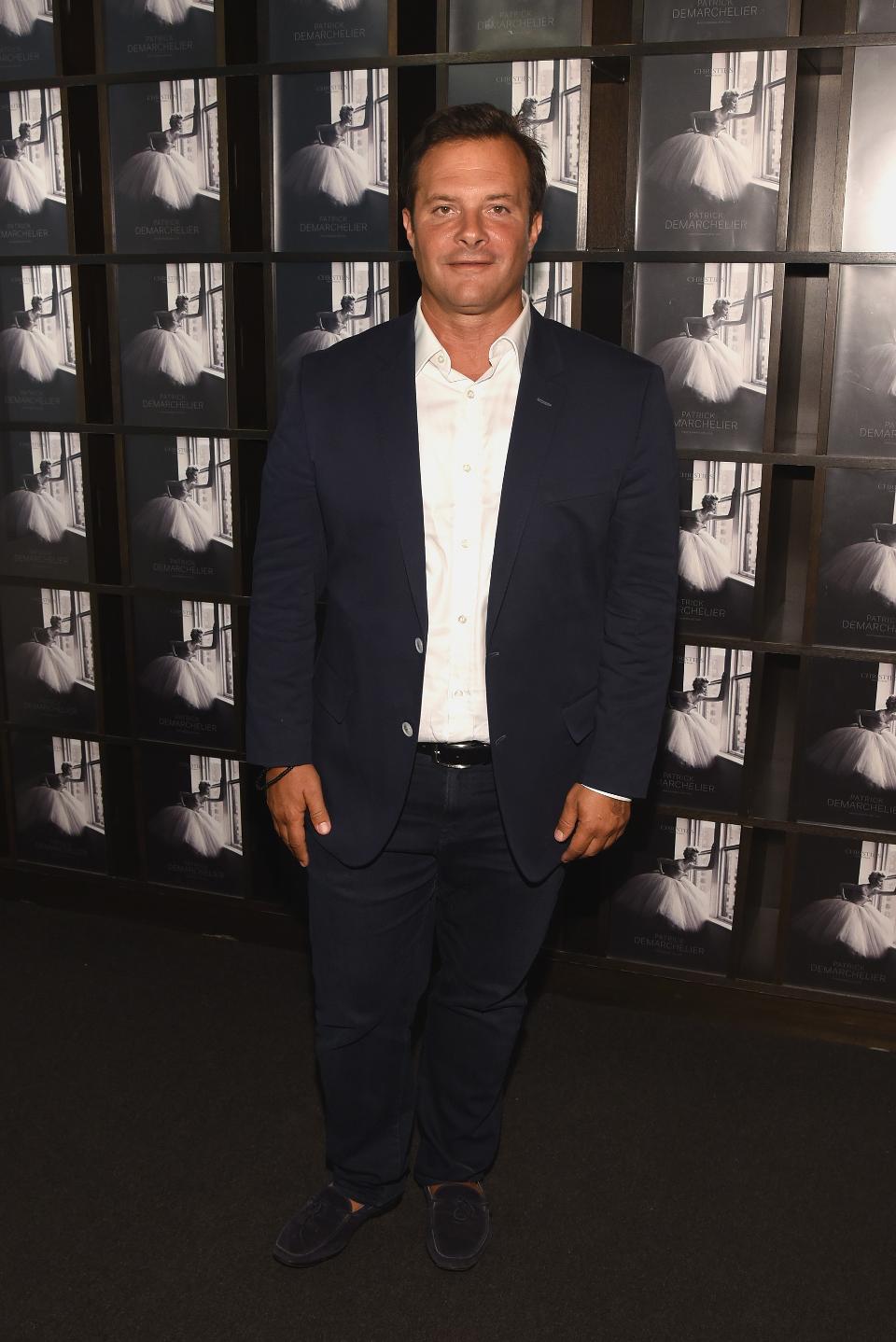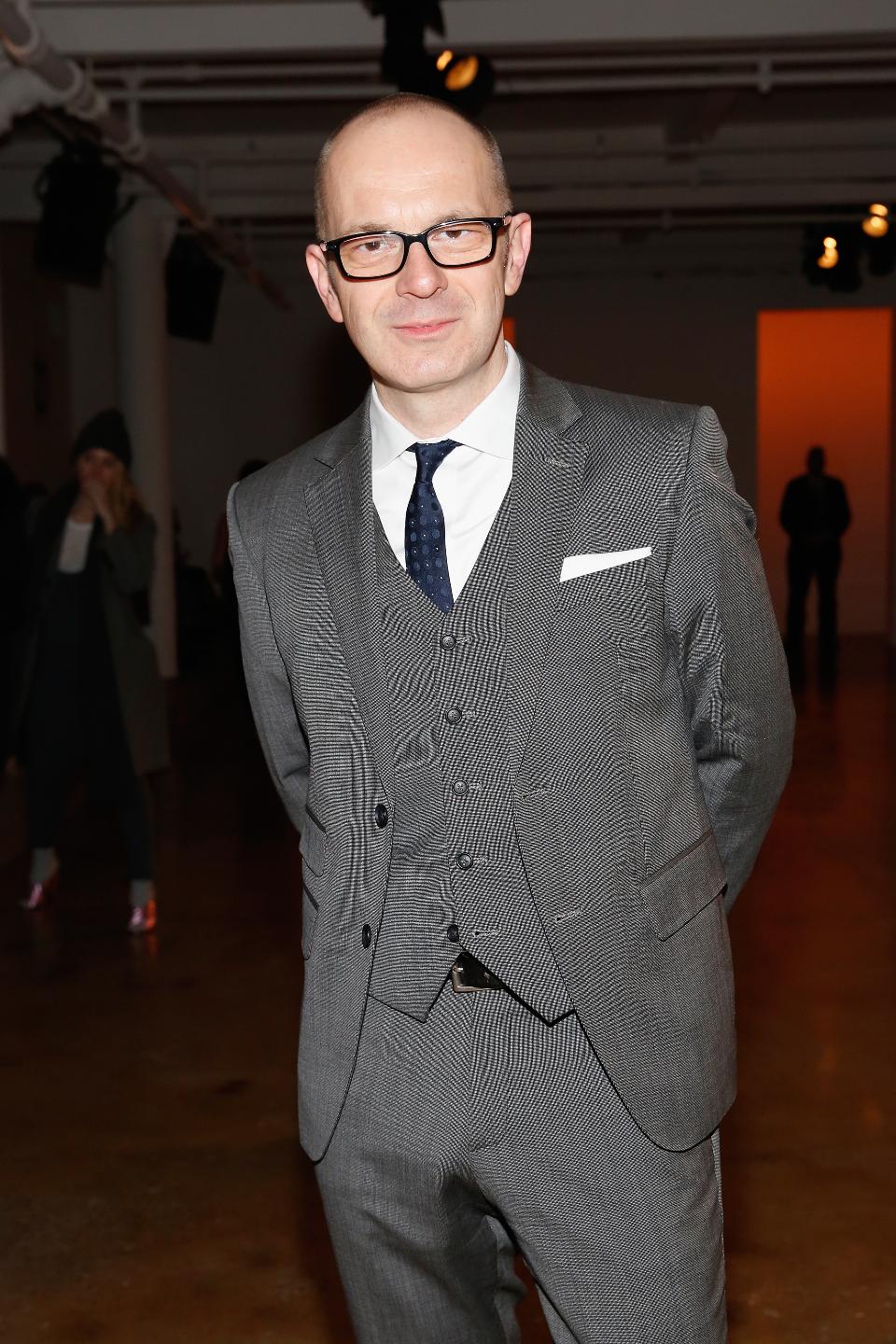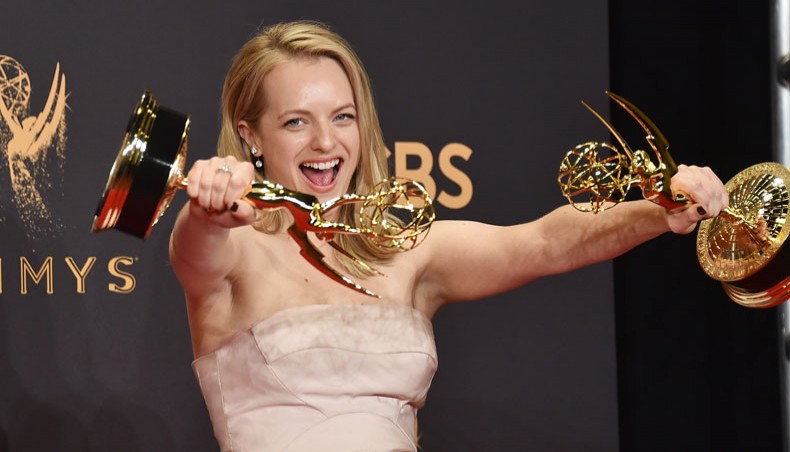In one of the most watched Ted Talks of all time, fashion model Cameron Russell said, ”I won a genetic lottery and I am the recipient of a legacy.”
By legacy—she means “health, youth, symmetry and all that we are biologically programmed to like”—but also a legacy that values tall, slender figures and white skin.
White models benefit from a “deck stacked in their favor as a result of centuries of racial oppression,” Cameron points out in the talk, while taking ownership over the fact she has, indeed, profited from the status quo.
But for as much diversity as we put on fashion runways and in ads (which are ultimately sales tools for brands), how does inclusiveness inform a brand’s marketing strategy when the consumer–as Russell points out–is programmed to appreciate and venerate a white standard of beauty?
Look at what happened when MAC Cosmetics posted a close up image of Ugandan model, Aamito Lagum’s, lips on Instagram in February of this year. The racist vitriol that followed in the comments is a real world testament to how far we still have to go to shift the perception of beauty in the West.
Diversity in Fashion: Are Millennials and Social Media the Answer To Changing Beauty Ideals? – Forbes
How can the fashion industry change these perceptions, then? Perceptions that have have been formed over such a long period of time? Seems like an uphill battle.
“I think it’s a huge issue much larger than fashion,” says Tony King, CEO of influential advertising agency King and Partners. King, whose clients include luxury mega-brands such as Bentley, La Prairie, and Carolina Herrera tells me in an interview that, “Culture—you know fashion, music, film—has to be the place where it starts to happen. That’s the responsibility of culture, including fashion, to move the cultural zeitgeist in that direction. That white and skinny isn’t the definition of beautiful and to change it.”
Yet fashion is still slow to make that change. According to The Fashion Spot’s Fall 2015 Diversity Report, out of the 9,538 models booked in 373 shows that season, 80% were white. And some brands, albeit the anomalies, still showcase an all-white cast. Take for instance French label-of-the-moment, Vetements, who in their last show sent all-white models down the runway.
“Brands believe that the white model has broader appeal, but I also think choosing a white model says something about who the brand envisions to be their ideal customer,” says Baze Mpinja in an email. A freelance beauty editor and journalist whose work has appeared on vogue.com, Mpinja uses cosmetics brand Almay as an example of a company that has almost exclusively used white women with blond hair as their last several spokesmodels, including singer Carrie Underwood. Mpinja believes this brand position will convince customers they can achieve “The American Look” as she puts it. “Their casting choices reflect the company’s beauty ideals and who they want as a customer base,” she adds.

Brand position seems to be a big part of the conversation. “It really comes down to what the narrative of the campaign is and the story they’re trying to tell,” King says, echoing Mpinja’s sentiment. Kenneth Cole and Maybelline, for example, want to present themselves as valuing diversity–Cole through its Courageous Class campaign showcasing a wide breadth of models while cosmetics giant Maybelline signed Harieth Paul from Tanzania and I-Hua Hu from Taiwan as their newest spokespeople.
Positioning aside, why have most companies been so reluctant to include a diverse cast of models?

“I find it inexplainable,” says Ivan Bart, President of IMG Models and a champion for diversity in the fashion industry. “I don’t really have answer other than I think everybody has a brand identity and they put their messages out there.” He also believes the power of shifting ideas of beauty lies within technology and social media.
During our interview, the IMG Executive references the billboard outside his office window of Indian-American YouTube star, Lilly Singh, who has almost 9 million subscribers to her channel. “That is telling you something right there. That our children are totally clued into a diverse voice,” he says. “Mainstream is now in your device. And I don’t think brands recognize that as yet.”
Also crediting digital media and millennial values as a big driver of change, King says, “There used to be all these layers between what brands put out and what the consumer saw. Now with the rise of social media and the accessibility of platforms like Snapchat you see a true authentic voice. That’s been a very positive thing, the way that millennials look at content. And now it’s gone bigger than just millennials—it’s opened everything up.”
Simon Collins is taking his own proactive stance. The former Dean of The New School’s Parsons School of Design has taken it upon himself to address industry-shaping conversations such as this through the conference he’s founded, Fashion.Culture.Design (FCD).

Taking place on June 9, the objective of the day-long symposium—for which he’s conjured the most revered fashion and creative industry thinkers, influencers, and professionals—is to crack open ideas that plague these businesses. Even this particular topic will be addressed in the segment “What Does Beauty Look Like Now?”
“Fashion and the creative industries employ millions of people, and millions more are influenced by them. And so there are questions that we need to address, and I hope to address—head-on—the questions that are too often tip-toed around,” Collins says. “Assumptions will be challenged and solutions proposed.”
Is there a way to chip into the centuries-old legacy that’s helped build Russell’s career? Conferences like FCD are definitely the drivers of that sort of industry-wide change. But perhaps Bart’s assessment of the influence of the millennial generation frames it best.
“I don’t think mainstream media or brands realize our children have their own voices in bloggers and social media stars and have a very interesting viewpoint on inclusive beauty. That’s really the story,” he says. “I don’t care what the industry is telling you, because you better listen to your children because they are telling you a very different story.”
Rebecca Suhrawardi is Fashion and Features journalist residing in New York City. Her work appears in the international editions of Vogue and Harper’s Bazaar, where she is a Contributing Editor.
Source: Forbes










